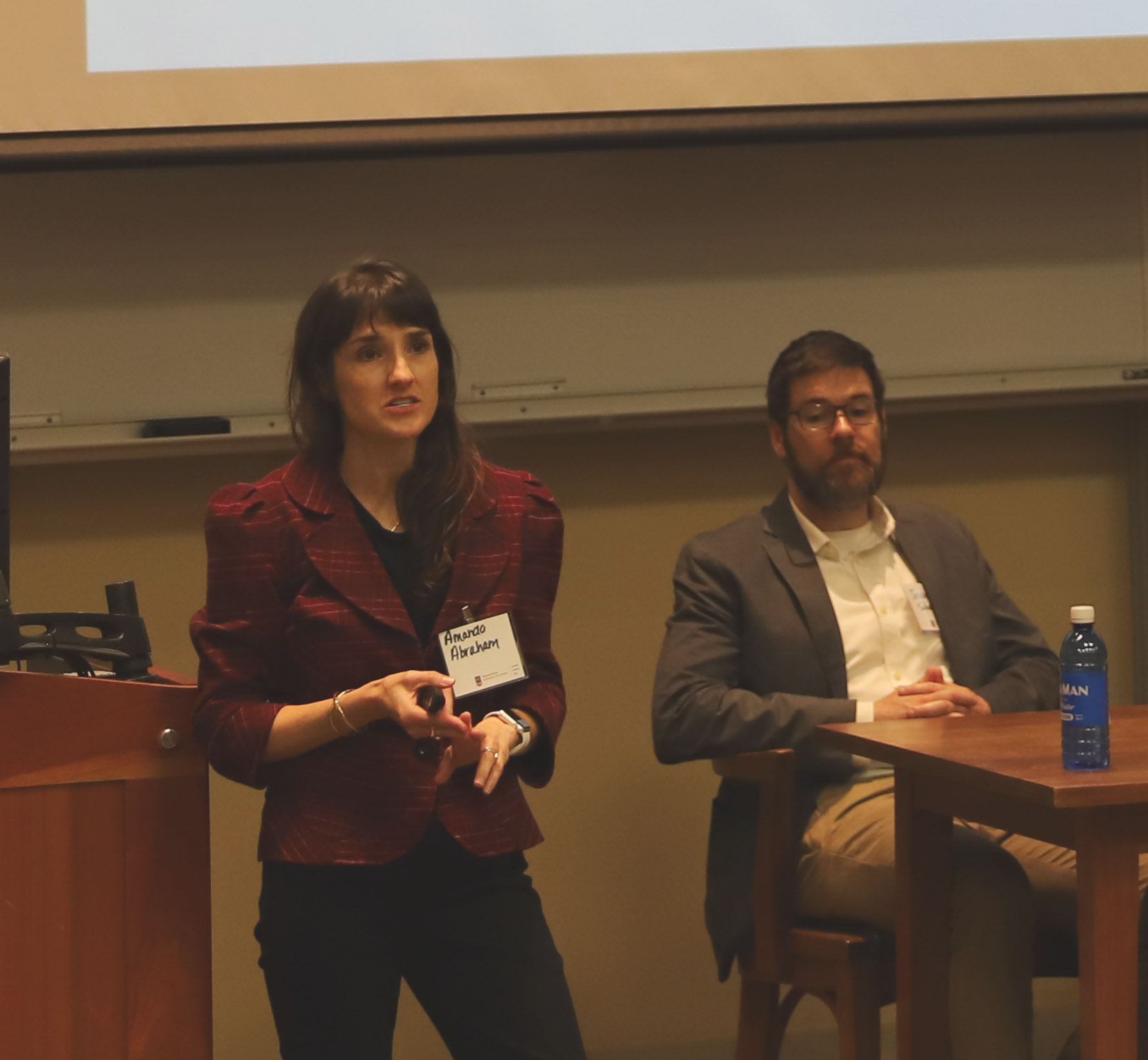By: Shelby Steuart
The Opioid Epidemic is the deadliest drug overdose crisis in United States history, claiming almost 800,000 lives since 1999.
As the epidemic expanded to include every American demographic and subgroup, physicians and researchers adjusted their views of opioid abuse, replacing the idea of addiction with the clinical term “opioid use disorder.”
An opioid use disorder (OUD) is a problematic pattern of opioid use that is often characterized by physical and/or psychological dependence on opioids, a drug class including heroin and many prescription painkillers.
Not only has the terminology evolved, the treatment has as well. The most promising development in OUD treatment is the use of medication combined with behavioral therapy to aid recovery. This is called “medication treatment” or MT.
Medications like buprenorphine, naltrexone, and methadone all work differently in the body, easing cessation through some combination of silencing cravings, blocking the euphoric effects of opioids, and/or combatting withdrawal symptoms. Silencing the physical aspects of OUD helps patients develop the capacity to deal with the psychological elements, which they cultivate in MT-required therapy.
Organizations such as the U.S. Substance Abuse and Mental Health Services Administration (SAMSA) and the National Institutes of Health (NIH) publically attest the benefits of MT. But for many it remains inaccessible.
In a recent article in Health Services Research, SPIA Professors Amanda Abraham and David Bradford evaluated the accessibility of MT for people who receive medical services through Medicare.
The SPIA pair collaborated with public health colleague Grace Adams (PhD ‘12) and recent graduate Ashley Bradford (MPA ‘18). Together the group assessed the availability of MT by county, across the U.S.
They sought to identify geographic, demographic, and economic characteristics associated with access to two types of MT that are covered under Medicare Part D, buprenorphine and naltrexone.
Although MT is becoming more widely available, in more than half of the country, patients could not receive MT in their county. “While we found an overall increase in county-level access to OUD prescribers in Medicare Part D from 2010 to 2015, approximately 60% of counties did not have access to a buprenorphine prescriber and more than 75% of counties did not have access to an oral naltrexone prescriber in 2016,” Abraham explained.
Additionally, the researchers found that access to MT prescribers is largely concentrated in urban counties. This means many people living in rural areas have to travel great distances or be left without life-saving access to MT medication.
Abraham concluded, “By 2030, one in five Americans will be Medicare eligible. With rates of opioid use disorder increasing among older adults, our results indicate that targeted efforts are needed to improve access to OUD treatment medications for Medicare enrollees.”






